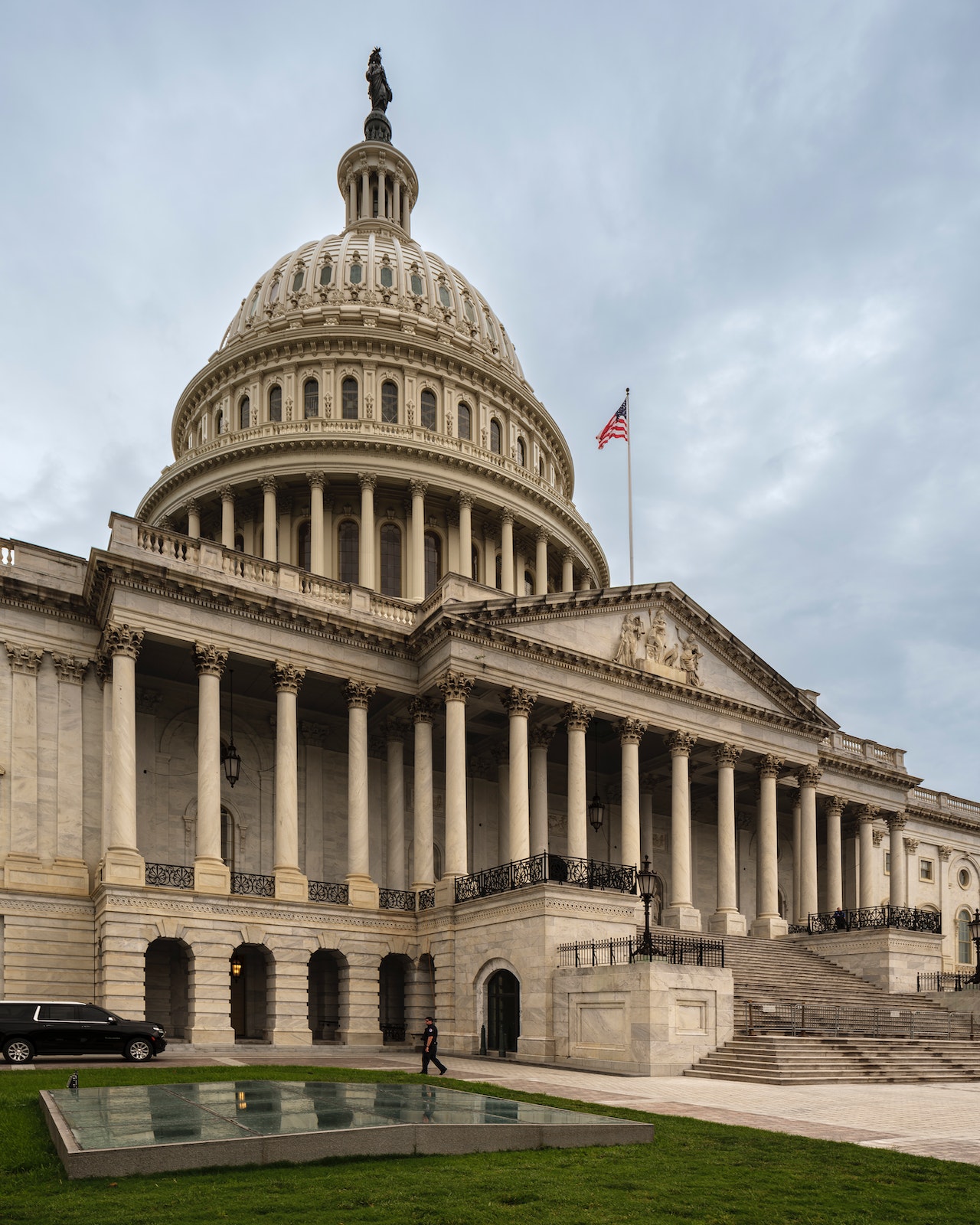Federal Reserve officials are anticipated to keep interest rates unchanged during their forthcoming policy meeting this Wednesday, according to economists and analysts. However, they are also expected to leave the door ajar for at least one more rate hike.
Concerns about inflation and a desire to maintain a cautious stance appear to be guiding the Federal Reserve’s decisions. Wilmington Trust’s chief economist, Luke Tilley, emphasized the central bank’s risk-averse approach, stating, “They don’t want the market to take any kind of signal of dovishness and run with it. They need to keep financial conditions tight.”
Krishna Guha, an analyst at Evercore ISI, believes the Fed will adopt a stern and resolute tone during the meeting, asserting the possibility of another rate hike. However, Guha added that the Fed will only raise rates if inflation or labor market progress falters amid robust economic growth.
In recent comments throughout late August and early September, Fed officials signaled their readiness to pause on raising rates as they assess data indicating a cooling of inflation. The quiet period before the policy meeting provided no indications to the contrary, according to economists.
One significant data release last Wednesday revealed that the Consumer Price Index (CPI) had increased by 0.6% in August compared to the previous month and by 3.7% over the preceding year. This represented an acceleration from the 0.2% monthly increase and 3.2% annual gain observed in July.
However, a deeper examination of the data indicated signs of disinflation, with much of the headline price increase in August attributed to rising gas prices. On a core basis, which excludes the volatile food and energy categories, prices in August increased by 4.3%, a deceleration from July’s 4.7% rise.
The Fed’s preferred core inflation measure, the Personal Consumption Expenditures (PCE) Index, excluding food and energy costs, registered a 4.2% increase in July compared to the previous year. While this was a slight uptick from June’s 4.1%, it remained below the 4.5%-4.6% range seen in the first half of the year. The Federal Reserve aims to ultimately reduce core inflation to 2%.
Interest rates currently stand in the range of 5.25%-5.5%, following 11 rate hikes since March 2022. These hikes represent the most aggressive anti-inflationary measures taken by the central bank since the 1980s.
In June, Fed officials initially planned two more rate hikes for the year, but they withdrew one of them in July, leaving the possibility of one more rate hike. Investors are now anticipating that one more rate hike will be added during this week’s meeting, with no changes to rate cuts expected for next year.
Wilmer Stith, a bond portfolio manager, believes there is still potential for the Fed to raise rates once more in November. Stith noted that the data suggests the economy is poised for another rate hike, although he compared the process to completing the last mile of connecting cable to a home.
However, Luke Tilley of Wilmington Trust holds a different view. He believes that the trend of cooler inflation data and expectations for the Fed’s preferred inflation gauge to slow further will prevent any further rate hikes this year. Tilley expects core PCE inflation to drop below 4% in the next two inflation reports before the November meeting.
Federal Reserve Chair Jerome Powell, speaking at the Kansas City Fed’s annual economic symposium in August, asserted that the Fed is prepared to proceed cautiously while leaving rate hikes on the table. Powell acknowledged the lag effects of previous rate hikes, suggesting that there might still be “significant further drag” to be felt.
Several Federal Reserve officials have underscored that even if interest rates remain unchanged this week, it does not signal the end of potential future rate hikes. Lorie Logan, President of the Federal Reserve Bank of Dallas, stated in a speech on September 7 that another pause might be appropriate but does not imply that they are finished. Logan emphasized that future evaluations of data and the economic outlook could necessitate further action to combat inflation.
Source: Yahoo finance



